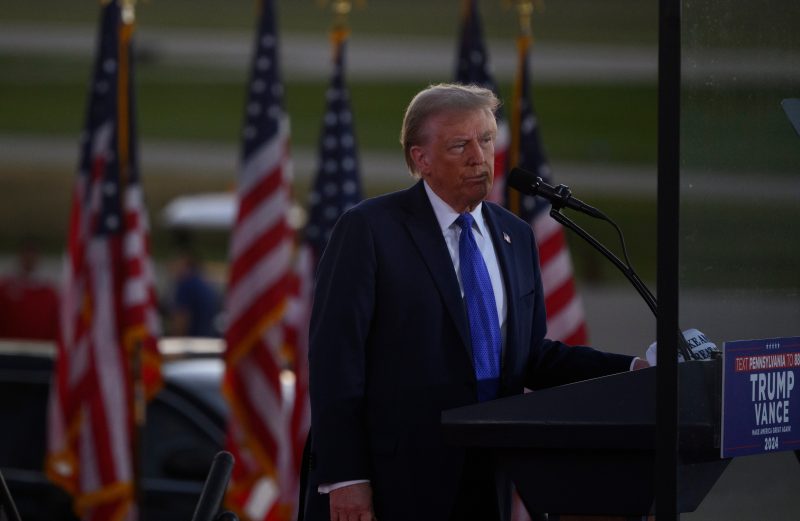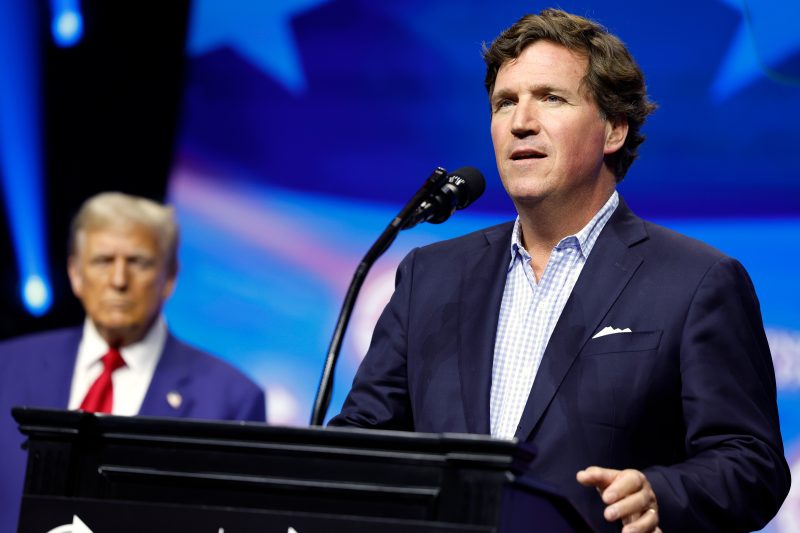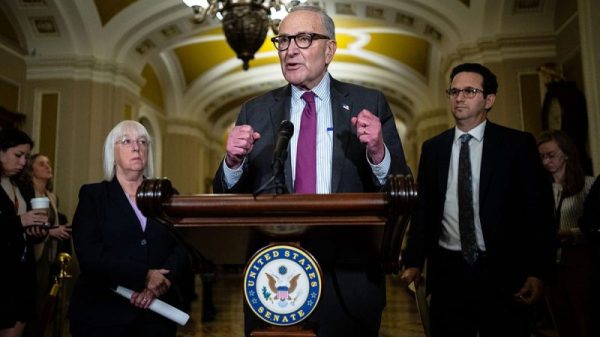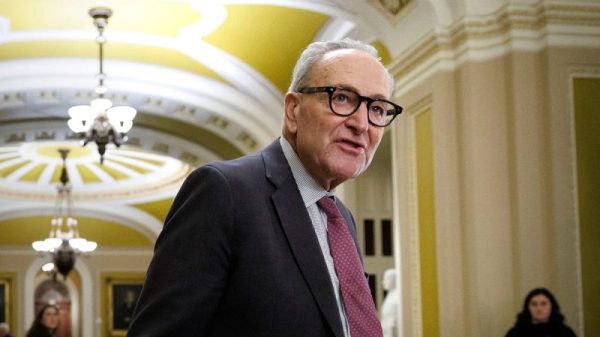
Investing.com — The U.S. federal government’s $6.8 trillion spending in fiscal 2024 is unlikely to see significant cuts next year, despite calls for restraint, as structural and political obstacles remain, analysts say.
Mandatory spending, which includes programs like Social Security and Medicare, accounted for $4.1 trillion in 2024. Economists at Wells Fargo (NYSE:WFC) said reducing these outlays is improbable given their enduring popularity and the political risk of curbing benefits for senior citizens.
Social Security alone cost $1.4 trillion, while Medicare outlays reached $900 billion. Medicaid and other mandatory programs, including veterans’ benefits and retirement pay, added another $800 billion to the bill.
Interest payments on the national debt, which totalled $950 billion, cannot be reduced without risking a financial crisis, the report said.
Discretionary spending, totalling $1.8 trillion, offers limited room for cuts. Defence spending, which represented nearly half of that sum, stands at 3% of GDP, a post-Cold War low.
“A major reduction in what Congress allocates to the Pentagon does not seem likely in today’s geopolitical environment,â€� the note added.
Non-defense discretionary spending, funding agencies like NASA, the IRS, and border security, is already near historical lows at 3% of GDP.
The compensation of federal employees, representing less than 6% of total spending, also offers little fiscal relief, with half of the workforce concentrated in defense, veterans’ affairs, and homeland security.
Any significant spending cuts would require congressional action, often requiring 60 Senate votes. While the president can reverse executive actions, economists argue the savings would pale in comparison to the $26 trillion deficit projected over the next decade.
“We think some reductions in federal spending and employment on the margin are plausible over the next couple of years, but probably not on the scale that they will have large implications for a U.S. economy.�

































